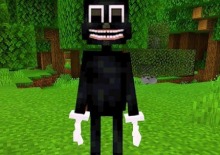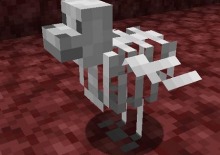Advertisement
Go To Bed
Go To Bed is a small-scale game that places players in control of a simple nighttime routine that quickly becomes less predictable. Set in a quiet bedroom, the player takes on the role of a child attempting to fall asleep while avoiding mysterious figures that begin to appear around the room. The game uses a limited space and simple interactions to build tension, relying on timing and awareness more than action.
Nighttime Distractions And Objectives
The objective in Go To Bed is to stay in bed while keeping an eye on the dark corners of the room. Players must monitor their surroundings and react when strange occurrences begin to interrupt the night. The mechanic of lying down and sitting up is central to gameplay, allowing the player to scan the environment and take action only when necessary. Over time, new disturbances appear, requiring quicker reactions and sharper attention.
Key Features In Gameplay
Players will engage with the following mechanics and events:
· A cycle of lying down to sleep and sitting up to check the room
· Sudden changes in lighting or sound
· Visual cues indicating movement near windows or doors
· Limited control inputs that focus the player’s choices
· A progression system based on how long the player remains in bed
These elements work together to create a loop of tension and release throughout each session.
Design And Interaction Style
The environment in Go To Bed is minimal, emphasizing only what is necessary to create focus. The player is restricted in movement, which heightens the feeling of being trapped. Sound design plays a major role in signaling changes, while visuals shift subtly to build unease. There is no traditional narrative or dialogue; instead, meaning is delivered through repetition, silence, and interruption. This method encourages players to interpret events on their own.
Go To Bed uses familiar ideas about nighttime and fear of the unknown to create a brief but engaging experience. Its strength lies in how little it needs to do in order to feel unsettling. By limiting player agency and focusing on reaction over exploration, it produces a kind of psychological tension that mirrors the real feeling of lying awake, unsure of what might happen next.








































































































